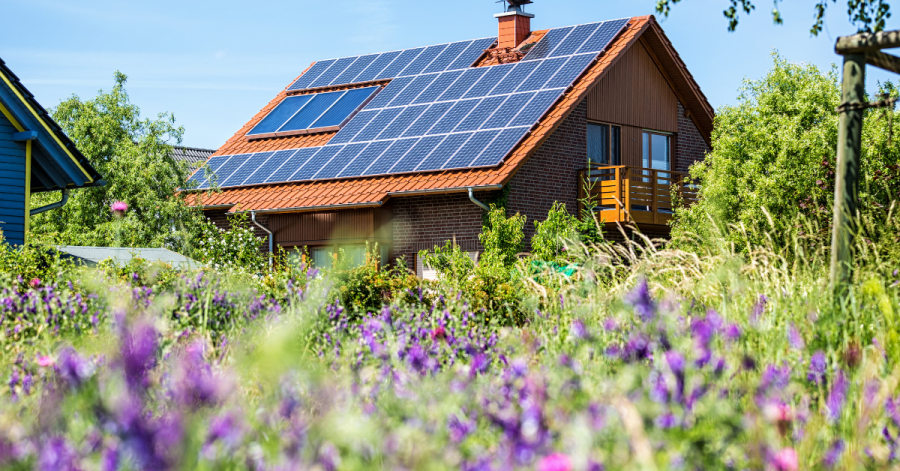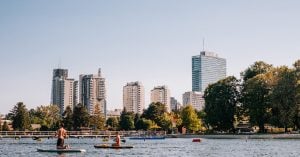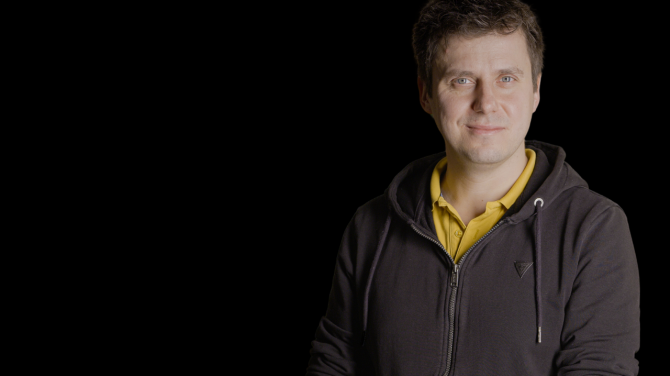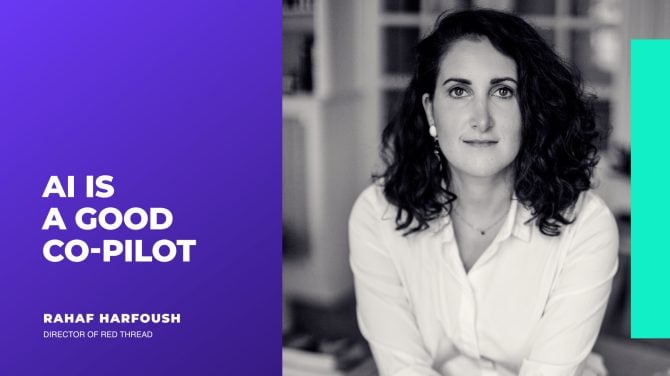With a 100x growth in the period 2019-2022, prosumers are one of the most dynamic segments contributing to Romania’s electricity production. Prosumers are households, businesses, and institutions that have a power source for their own consumption, usually photovoltaic (PV) panels. They can further sell energy surplus to the network when the output is too big for their needs.
But what has been driving the rapid increase in the prosumer market, and how could this new energy production model contribute to the green energy transition of the region? What role are businesses playing? Finally, what are the barriers for future development and how can we overcome them?
The momentum is opportune: the draft law on the decarbonisation of the energy sector (OUG 108/2022) has been recently approved. The law will regulate the closure of black coal mines and lignite quarries, and phase out the total installed capacity of electricity based on coal and lignite by 2032, in line with European regulation.
To maintain the safety of the National Energy System during the transition, the project mentions the creation of new capacities for the production of natural gas and renewable energy. A fair transition should also help train and upskill workers from their current jobs in the coal market to new green energy jobs.
According to experts, this transition can only be achieved by synchronizing private and public initiatives. From the private sphere, a new source of renewable energy has taken shape successfully in the past three years in Romania: prosumers.
In this analysis, The Recursive looks at the evolution and future development of the prosumers market in Romania, with insights from both the private and the public actors. We talked to Andrei Ilas, co-founder and COO of Cooperativa de Energie, and Cristina Pruna, Member of the Romanian Parliament, Vicepresident Committee for Industries and Services.
How has the market evolved?
In 2019, there were only 303 prosumers connected to the national grid in Romania. By the end of August 2022, the figure rose to 23,800, a 75% increase from the beginning of the year. ANRE expects the total number to hit 30,000 by the end of 2022. This results in a 100x growth over a three year period.
By August, total installed power accounted for by prosumers was 214 megawatts, an increase of 151% from the beginning of the year, and enough to power a city like Ploiesti, with over 220K inhabitants.
The majority of prosumers are distributed across Ilfov, Timis, Arad, and Harghita counties. They are formed by households, institutions, and firms with the prosumer status. At the top of the list, Distribution Energie Oltenia has the largest number of prosumers in its area – over 4,300, with an overall capacity of renewable energy of 34.8 MW, while E-Distributie Muntenia has 3,295 units and facilities of 35.9 MW, Balkan Green Energy News reports.
The prosumer market hints at a new reality in energy production in the country: one that is decentralized.
What are the benefits of prosumption?
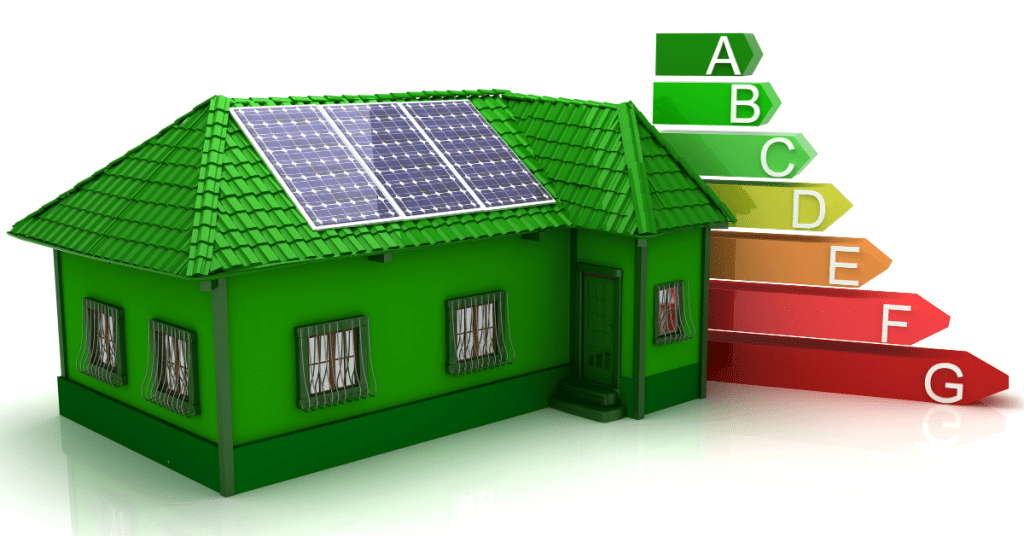
At a global level, energy is the main source of CO2 emissions, which in turn fuel climate change, the worst systemic threat to human civilization today. To tackle the crisis, the EU set targets for all its member states: to reduce CO2 emissions by 45% and grow the share of renewables in energy production to 32% by 2030.
Availability and environmental impact are two of the most important criteria that recommend renewables for the future of energy, at the expense of exhaustible and polluting fuels fossils.
In Romania, solar energy has contributed to only 2.55% of the national energy mix in 2017 and 3.4% in 2020, but the potential is much bigger. Solar PV capacity in the country is forecasted to triple by 2030, from 1.39GW in 2020 to 4.25GW in 2030. And prosumers can contribute significantly. Out of 7.47 million households, 3.36 million are suitable for installing solar panels.
A key benefit for prosumers comes from energy cost savings. It takes 7 years on average to recuperate the upfront investment from installing solar energy technology, through energy bill savings and the increase in the value of the building. The lifetime of solar PVs sits at a minimum of 25 years.
Another cost saving comes from bringing energy production closer to its place of consumption, which cuts down energy losses from transportation and distribution.
One solution to eliminate such costs is the decentralization of the energy production system, through the creation of cooperatives of small producers. In Romania, such an example is given by Cooperativa de Energie.
“The prosumer segment is a key target for Cooperativa de Energie. We have launched a tailored and fair offer to this segment in October 2022 and increased our portfolio since then by more than 70%. The prosumers in our portfolio account for almost 40% of our portfolio’s consumption, on an annualized basis. We offer them the possibility to retain 80% of the monthly spot prices and we pay one month after the end of production period, the latest. Additionally, we plan on launching a non-profit organization next year to work on educating the segment and advocating for its interests,” Andrei Ilas shares.
Solar energy can also be a great solution for isolated buildings, which are not connected to the national grid. In such cases, costs of installing PVs can cost less than connecting to the grid.
What has been driving the prosumers market growth?
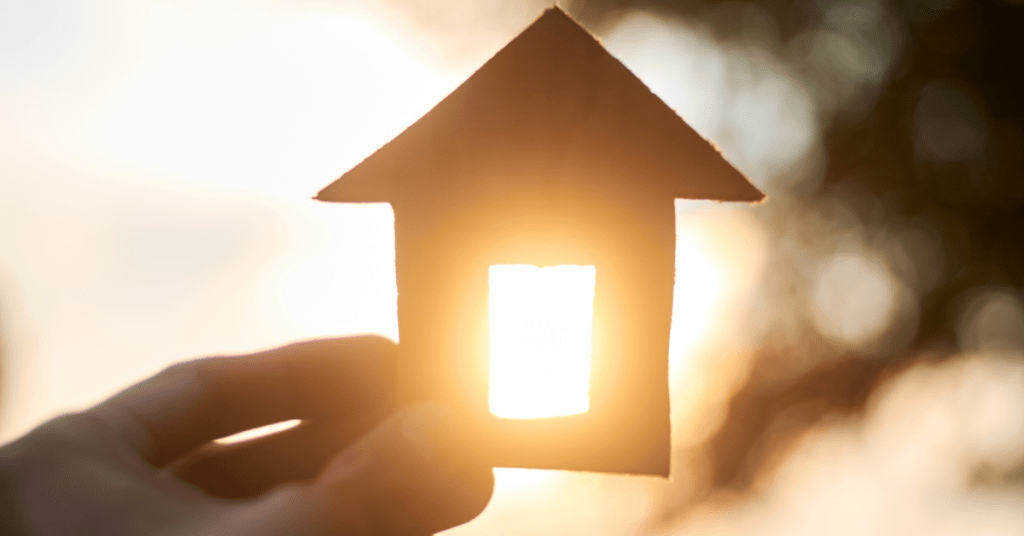
“Romania passed the first law for prosumers in 2018 and immediately created a hefty subsidy programme. Things moved slowly afterwards since the agency in charge of financing the projects was not successful in managing the programme,” Cristina Pruna explains.
Instead, the legislative framework changes enforced at the end of 2021 have been helping.
“The new provisions incentivize the creation of prosumer projects among households and businesses. Prosumers with installed capacities of up to 400 kW became eligible for quantitative compensation beginning in January 2022. This means that prosumers can use, as of this year, the equivalent of the excess energy produced and pumped into the grid during the summer to offset their greater use during the winter. This can be done in 24 months at most.
Andrei Ilas further shares that while fossil fuel energy has been increasing, solar PV costs have been declining, further driving household owners and companies to turn to solar energy. Subsidies to install PV panels on rooftops and remuneration schemes that favor prosumers have made it easy and opportune for consumers to turn into energy producers.
Real estate developers have been taking the hint. More and more houses and apartment blocks are designed to include photovoltaic panels on the roofs. This in turn allows them to sell an additional benefit to potential buyers: lower energy consumption.
Businesses, too, are actively turning to solar PVs to reduce the energy intensity in their buildings, and thus save money.
“The energy crisis, which caused prices to skyrocket, compelled industrial consumers to invest in lowering their usage at an unprecedented rate. The necessity to maintain product competitiveness on the European market was so pressing that many companies diverted their investment expenditures toward projects that covered their own energy demands,” Cristina Pruna shares.
What are the current barriers to overcome for the prosumer market?
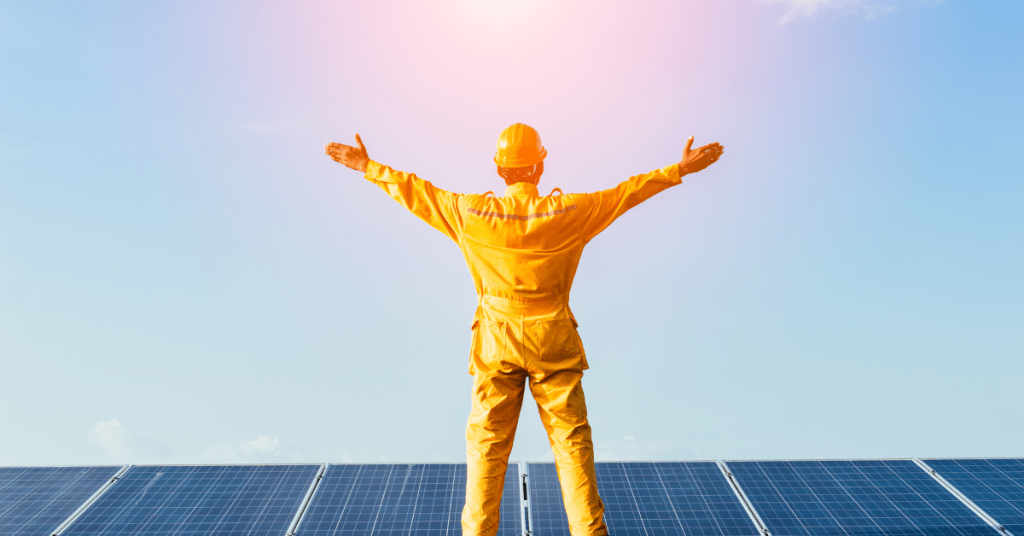
A key barrier for consumers comes from the bureaucracy behind technically becoming a prosumer.
“Connecting to the grid is a process that can take 3 to 6 months. This is due to bureaucracy concerning technical grid access papers and installing the dual register metre for consumption and production. Secondary legislation, put in place by the regulating authority (ANRE), could make the process smoother. Furthermore, distributors should be more responsive to inquiries from potential prosumers, while adhering to legal requirements,” Cristina Pruna shares.
“A more fair allocation of costs and benefits of these types of contracts will improve the market and will allow prosumers to retain most of the value created, which is highly uncertain to be the case under the current mechanism,” Andrei Ilas adds.
Cost-reduction solutions have been put forward by Members of the Romanian Parliament. Cristina Pruna proposed a law to reduce the VAT on photovoltaic panels, solar panels and heat pumps from 19% to 5%. “If the law passes, it will significantly boost a more rapidly developing market,” she says.
Further growth of the prosumer market is also an issue of further grid development that can sustain additional energy production.
“To provide uninterrupted supply and ensure the expansion of the prosumer sector further grid expenditures are required. The distribution operators are in a difficult situation because of legislative changes and rising energy prices. They reported losses due to the high cost of their technological consumption. This leads to delays in investment and development plans, due to their poor bank ratings, which also makes it impossible to apply for European funding,” Cristina Pruna explains.
Finally, even though renewable energy has been name of of the principal decarbonisation vectors of the European economy, and South-West Oltenia is a key coal region in transition for the EU, with lots of solar energy potential, European funds have not been tapped into efficiently enough.
“Carbon certificates offer excellent opportunities to fund the growth of prosumers. The Modernization Fund, for example, will finance industrial prosumer initiatives using the carbon certificate mechanism. But, although billions of euros are available to be spent until 2030, the money is not currently available on the market. This means that we are not yet witnessing the full potential of this expanding market and that EU-funded projects should be accelerated,” Cristina Pruna concludes.

